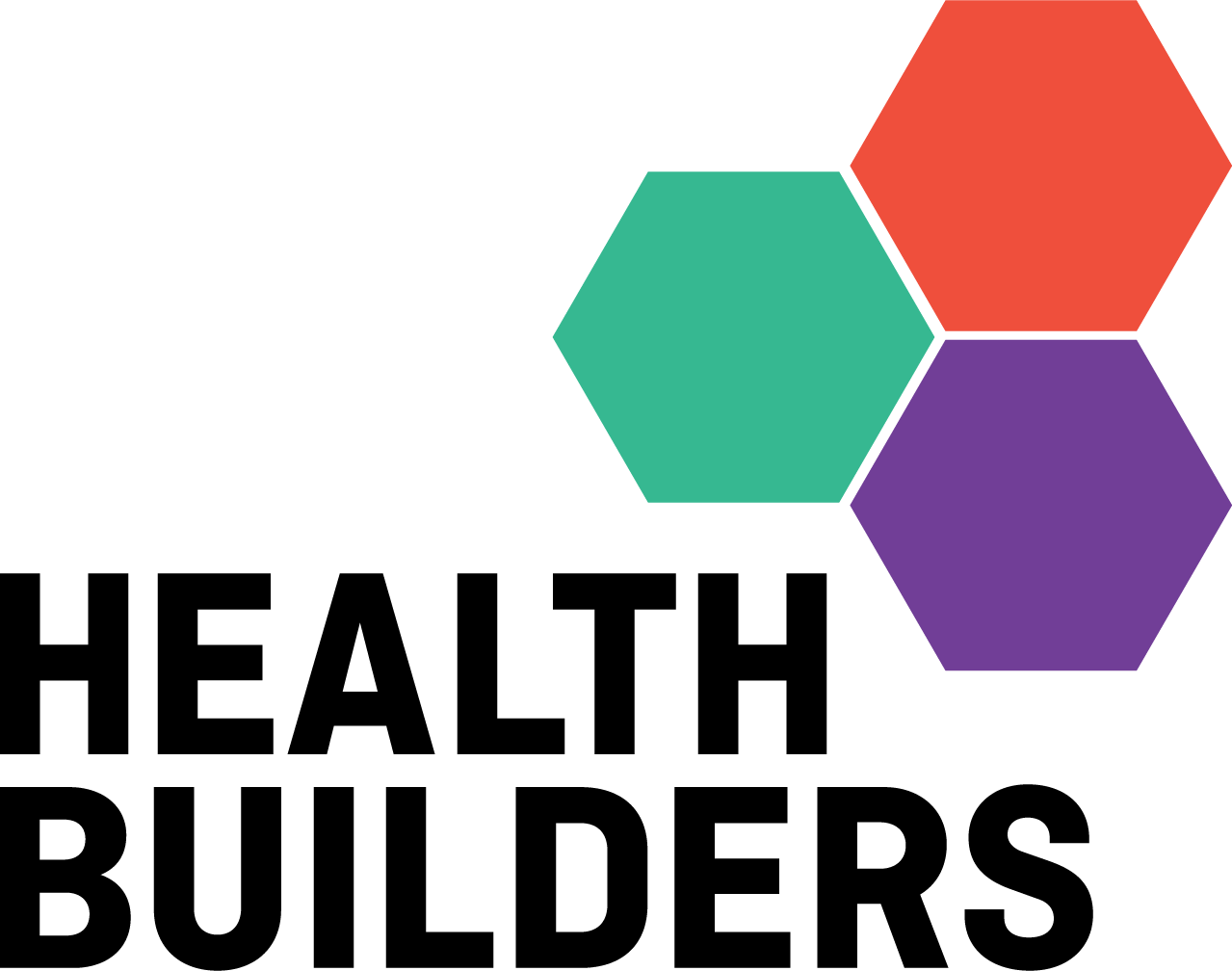Taking Steps Towards Going Paperless in Primary Health Care
Health Builders is pioneering the use of digital tools to improve quality of care and management systems in Rwandan health facilities.
In Rwanda, the leading causes of death for children under the age of five are acute malnutrition and infectious diseases. These diseases include pneumonia, malaria, tuberculosis, and HIV. Deadly complications develop, mostly due to the inability to get quality healthcare on time.
Since 2007, Health Builders has been working with the Rwandan Ministry of Health to strengthen access, quality and sustainability of Primary Healthcare in Rwamagana, Rulindo and Nyabihu rural districts. Our work looks to address the fundamental barriers to quality primary healthcare. We focus on the priority populations including pregnant women, children, and adolescents.
Our holistic approach to child healthcare involves strategies called Integrated Management of Childhood Illness (IMCI) for nurses and Integrated Community Case Management (ICCM) for community health workers. These were developed by the World Health Organization (WHO). This approach allows healthcare providers to do comprehensive assessments of serious medical conditions and to provide standardized, effective treatment. More than 100 nurses and 2,855 Community Health Workers received training from Health Builders on IMCI and ICCM respectively.
To make treatments more efficient and effective, Health Builders is partnering with the Ministry of Health to develop the country’s first centralized national Electronic Medical Record (EMR) system using advanced technology of automated clinical algorithms assisting health professionals in clinical decision making.
The system covers the complete outpatient journey. It goes from triage, consultations, and laboratory through billing and payment and even to the dispensing of medications. It will also lead to improvements in financial management and medication logistics. Consolidating this data in one system is crucial for sustainable care, which is a core component of Health Builders’ commitment to sustainability.
What it was like before EMR
Prior to 2022, health care providers followed guidelines printed on sheets of paper, reviewing them regularly throughout consultation with patients and their parents. Clinical decision-making was slow and prone to error.
A copy of a printed clinical guidelines page.
What it’s like now, using EMR
In addition to being 100% user-friendly (according to our staff), the new digital application we developed also makes healthcare workers' jobs easier. The system operates using a Virtual Private Network (VPN) to maintain a strong connectivity while preserving the confidentiality of medical records.
The system covers the complete outpatient journey from triage, consultations, and laboratory through billing & payment and even to the dispensing of medications. It will also lead to improvements in financial management and medication logistics.
Partnering to “go paperless”
Health Builders is grateful to our local partners who support this new initiative, including the Government of Rwanda. Our work aligns with its plans to “go paperless” in primary health care. The Ministry of Health is also actively involved in the program, from technical oversight through its Digital Health Unit to system hosting provision of computers and connectivity equipment.
Health Builders looks forward to continuing this partnership with the Ministry of Health to expand the use of EMR systems to health centers in other districts as a key strategy to improve quality of care and management systems in primary health care.



